Related Research Articles
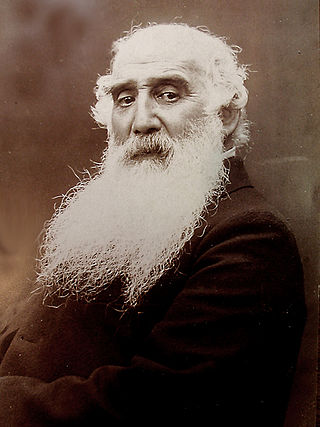
Jacob Abraham Camille Pissarro was a Danish-French Impressionist and Neo-Impressionist painter born on the island of St Thomas. His importance resides in his contributions to both Impressionism and Post-Impressionism. Pissarro studied from great forerunners, including Gustave Courbet and Jean-Baptiste-Camille Corot. He later studied and worked alongside Georges Seurat and Paul Signac when he took on the Neo-Impressionist style at the age of 54.

Ferdinand Jules Quénisset (1872–1951) was a French astronomer who specialized in astrophotography.

Félix Henri Bracquemond was a French painter, etcher, and printmaker. He played a key role in the revival of printmaking, encouraging artists such as Édouard Manet, Edgar Degas and Camille Pissarro to use this technique.
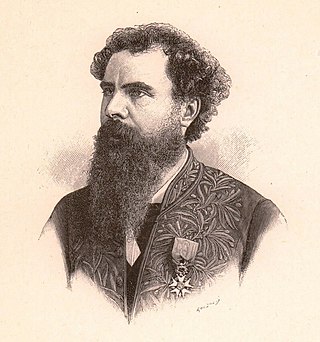
Pierre Paul Leroy-Beaulieu was a French economist, brother of Henri Jean Baptiste Anatole Leroy-Beaulieu, born at Saumur, Maine-et-Loire on 9 December 1843, and educated in Paris at the Lycée Bonaparte and the École de Droit. He afterwards studied at Bonn and Berlin, and on his return to Paris began to write for Le Temps, Revue nationale and Revue contemporaine.

Lucien Pissarro was a French landscape painter, printmaker, wood engraver, designer, and printer of fine books. His landscape paintings employ techniques of Impressionism and Neo-Impressionism, but he also exhibited with Les XX. Apart from his landscapes, he painted a few still lifes and family portraits. Until 1890 he worked in France, but thereafter was based in Great Britain. He was the oldest son of the French Impressionist painter Camille Pissarro and his wife Julie.

Eugène Lavieille was a French painter.
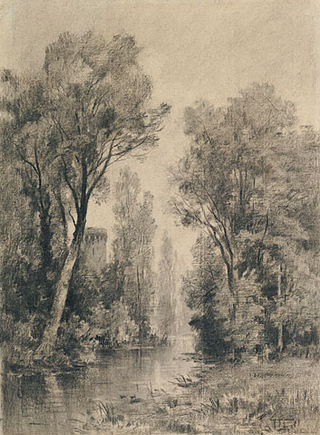
François Antoine Maxime Lalanne was a French artist known for his etchings and charcoal drawings (fusain).

Adolphe Étienne Auguste Moreau-Nélaton was a French painter, art collector and art historian. His large collection is today held in its entirety by French national museums.
Joseph-Eugène Bonnemère was a French historian and writer.

Albert Lebourg, birth name Albert-Marie Lebourg, also called Albert-Charles Lebourg and Charles Albert Lebourg, was a French Impressionist and Post-Impressionist landscape painter of the Rouen School. Member of the Société des Artistes Français, he actively worked in a luminous Impressionist style, creating more than 2,000 landscapes during his lifetime. The artist was represented by Galerie Mancini in Paris in 1896, in 1899 and 1910 by : Galerie Bernheim-Jeune, 1903 and 1906 at the Galerie Paul Rosenberg, and 1918 and 1923 at Galerie Georges Petit.
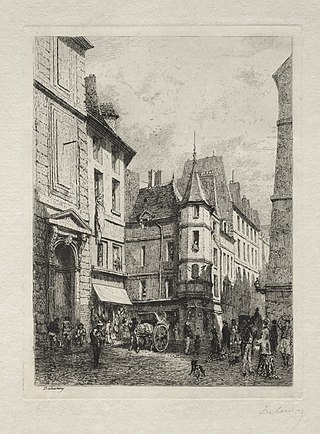
Alfred-Alexandre Delauney (1830–1894) was a French painter and engraver.
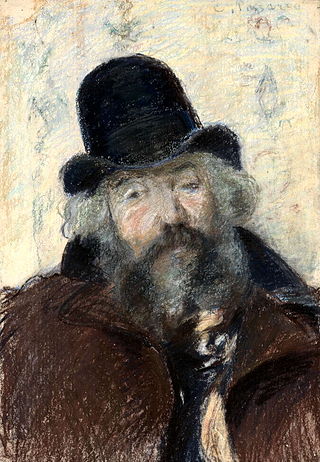
Ludovic Piette-Montfoucault was a French Impressionist painter.

Jean-Baptiste-Antoine Guillemet was a French renowned landscape painter and longtime Jury member of the Salon des Artistes Francais. He was one of the first 19th-century artists to paint modern life, and a pivotal figure in the transition from Realism to Impressionism.

Alfred Cadart was a French printer, writer and publisher, notable for his major part in the etching revival in mid-19th-century France and beyond. As founder of the French Société des Aquafortistes, he combined strategic understanding with a passion for the artistic qualities of the etching.
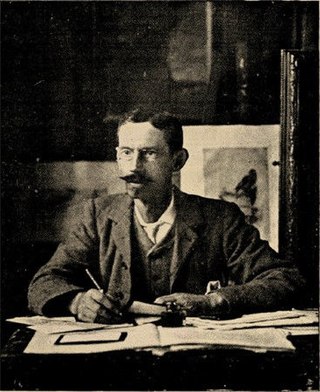
Charles Louis Philippe Zilcken, generally known as Philip, was a Dutch painter, etcher, and writer.
Valère Bernard was a Provençal painter, engraver, novelist and poet, writing in the Occitan language. He left an important body of graphic work, and his works continued to be published after his death.
Events from the year 1639 in France

Eugène Henri Alexandre Chigot was a post impressionist French painter. A pupil of his father, the military painter Alphonse Chigot, in 1881 he entered the internationally renowned École des Beaux-Arts in Paris where he was exposed to the ideas of the realist movement of the Barbizon School and to Impressionism. He settled in Étaples in the Pas-de-Calais in an artists’ colony, later returning to Paris where he became a founder of the Salon d’Automne. An official military painter he painted a series of canvases in Calais and Nieuport recording the destruction caused by the First World War. Chigot's reputation was built on his maritime and landscape paintings that arose from his affinity to Flanders and the Pas-de-Calais. He recorded the lives of the people of Flanders placing them within a landscape of soft opalescent light. Later his paintings show traces of expressionism and a more vibrant pallette. He was also a skilled nocturne painter who travelled extensively within France, Italy and Spain.
Henri-Victor Michelant was a French librarian, romanist and medievalist.
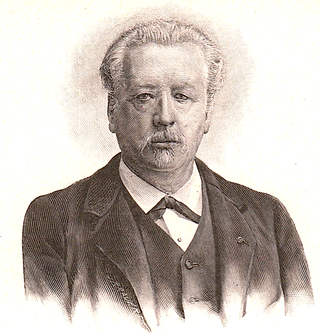
Frédéric-Auguste Laguillermie was a French etcher and painter. He was one of the founders of the Société des aquafortistes français.